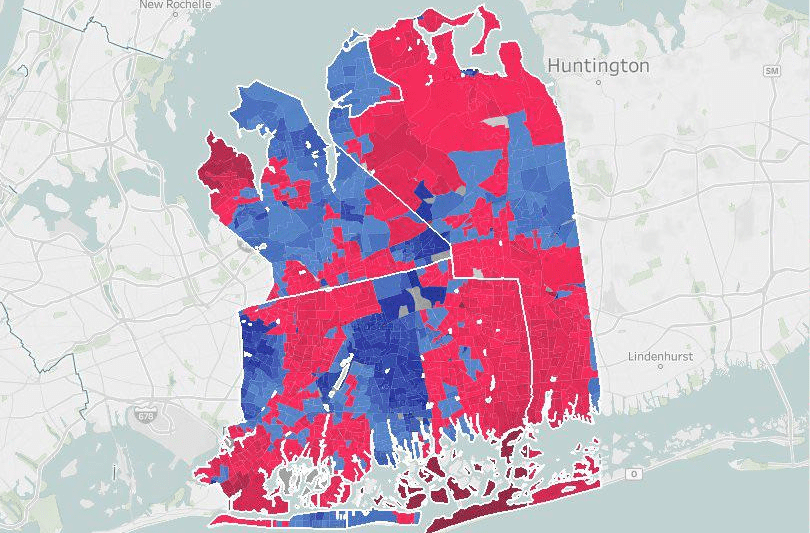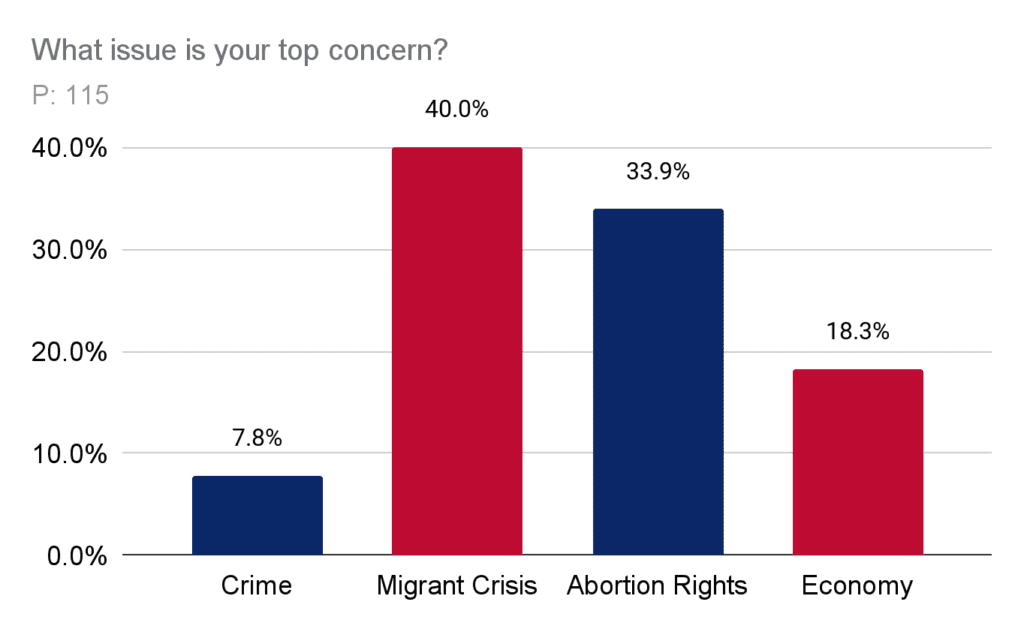Feb 05, 2024, 2:47pm
New York Congressional District 3 Special Election

The race for New York's Congressional District 3 has been closely watched as incumbent George Santos is being replaced. Campaign Insights polled over 340 people in CD-3 in NY to see who they would vote for.
Overview
The race for New York’s Congressional District 3 has been closely watched as incumbent George Santos is being replaced. The election featured two main contenders: Mazi Pilip, the Republican candidate, and Tom Suozzi, the Democratic candidate. This election has garnered attention due to its implications for both local and national politics. Campaign Insights polled over 340 people in CD-3 in NY to see who they would vote for.

Candidate Preference
Tom Suozzi, the Democratic candidate, is leading in the polls with 54.5% of the respondents indicating their support for him.
Mazi Pilip, the Republican candidate, has garnered 45.5% of the respondents’ support.

Top Concerns
The most significant concern among all respondents is the Migrant Crisis, with 40% of respondents indicating it as their top concern.
Those who voted for Mazi Pilip had the Migrant Crisis as their top concern at 68.8% followed by the Economy at 16.7%.
Those who voted for Tom Suozzi had Abortion Rights as their top concern at 53.7%, and Migrant Crisis as their second at 19.4%.
Implications
The poll suggests that the Migrant Crisis and Abortion Rights are the two most critical issues for voters in the district. Candidates’ positions on these issues may significantly influence voter decisions.
Interestingly enough those who voted for Tom Suozzi in our poll indicated that the Migrant Crisis was their second concern showing that the Migrant Crisis issue in our country is relevant to both sides of the political aisle.
Campaign Insights’ Realtime Polling surveys differ from traditional online surveys in that the questions are shown to the user on web pages in place of an ad. Unlike Google Surveys, which block access to content until the questions are answered, Realtime Polling surveys are optional, thus ensuring that participants are responding voluntarily.
